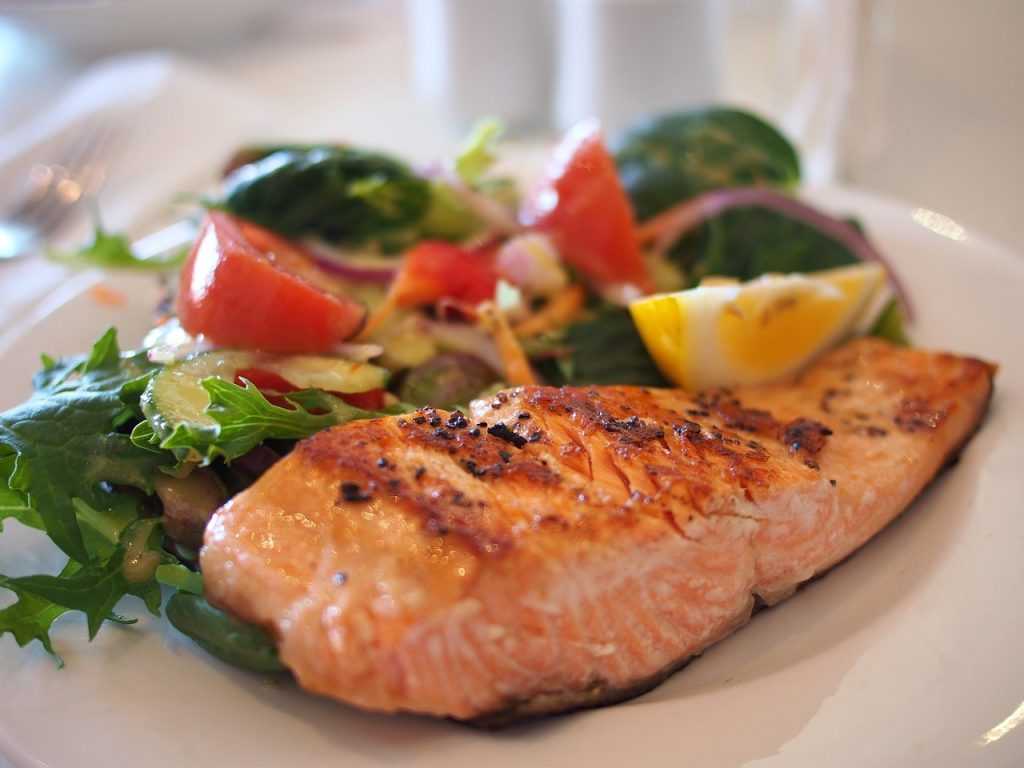Intermittent fasting has gained popularity in recent years as a strategy for weight loss and overall health improvement. One popular approach to intermittent fasting is the 12hour fasting diet, also known as the FNTKdiet. This plan involves fasting for 12 hours each day, followed by a 12hour eating window. This section will discuss the benefits of the 12hour fasting diet and provide tips for implementing it successfully.
Benefits of the 12Hour Fasting Diet
The 12hour fasting diet is often praised for its simplicity and sustainability. Unlike more extreme fasting regimens, such as alternate day fasting or prolonged water fasting, the 12hour fasting diet is relatively easy to follow on a daily basis. By simply abstaining from food for 12 hours, you can give your body a break from digestion and allow it to focus on other essential processes, such as cellular repair and detoxification.
Another key benefit of the 12hour fasting diet is its potential to promote weight loss. When you fast for 12 hours, your body depletes its glycogen stores and begins to burn fat for energy. This can lead to a reduction in body fat over time, especially when combined with a balanced diet and regular exercise. Additionally, intermittent fasting has been shown to increase metabolic rate and improve insulin sensitivity, both of which can support weight loss efforts.
In addition to weight loss, the 12hour fasting diet may also offer other health benefits. Research suggests that intermittent fasting can reduce inflammation, improve heart health, and enhance cognitive function. By giving your body a break from constant eating, you may reduce oxidative stress and support overall longevity. Some studies even suggest that intermittent fasting can help regulate blood sugar levels and reduce the risk of chronic diseases, such as diabetes and cancer.
Tips for Implementing the 12Hour Fasting Diet
If you’re interested in trying the 12hour fasting diet, here are some tips to help you get started:
- Choose a fasting window that works for your schedule. Some people prefer to fast overnight, starting after dinner and ending with breakfast, while others may find it easier to fast in the morning and eat later in the day. Experiment with different fasting windows to see what works best for you.
- Stay hydrated during your fasting period. Water, herbal tea, and black coffee are all allowed during fasting and can help curb hunger and keep you energized. Just be mindful of added sugars or creamers that may break your fast.
- Focus on nutrientdense foods during your eating window. To maximize the benefits of intermittent fasting, it’s important to fuel your body with nourishing foods when you break your fast. Aim to include plenty of fruits, vegetables, lean proteins, whole grains, and healthy fats in your meals.
- Listen to your body. If you feel excessively hungry or fatigued during your fasting period, it’s okay to adjust your eating window or consume a small snack to help tide you over. The goal of intermittent fasting is to promote health and wellbeing, so be kind to yourself and make adjustments as needed.
In conclusion, the 12hour fasting diet, or FNTKdiet, is a simple and effective approach to intermittent fasting that can offer numerous health benefits. By giving your body a break from constant eating and allowing it to focus on repair and regeneration, you may experience weight loss, improved metabolic health, and enhanced wellbeing. If you’re considering trying intermittent fasting, the 12hour fasting diet is a great option to start with. Just remember to listen to your body, stay hydrated, and focus on nourishing foods during your eating window.



